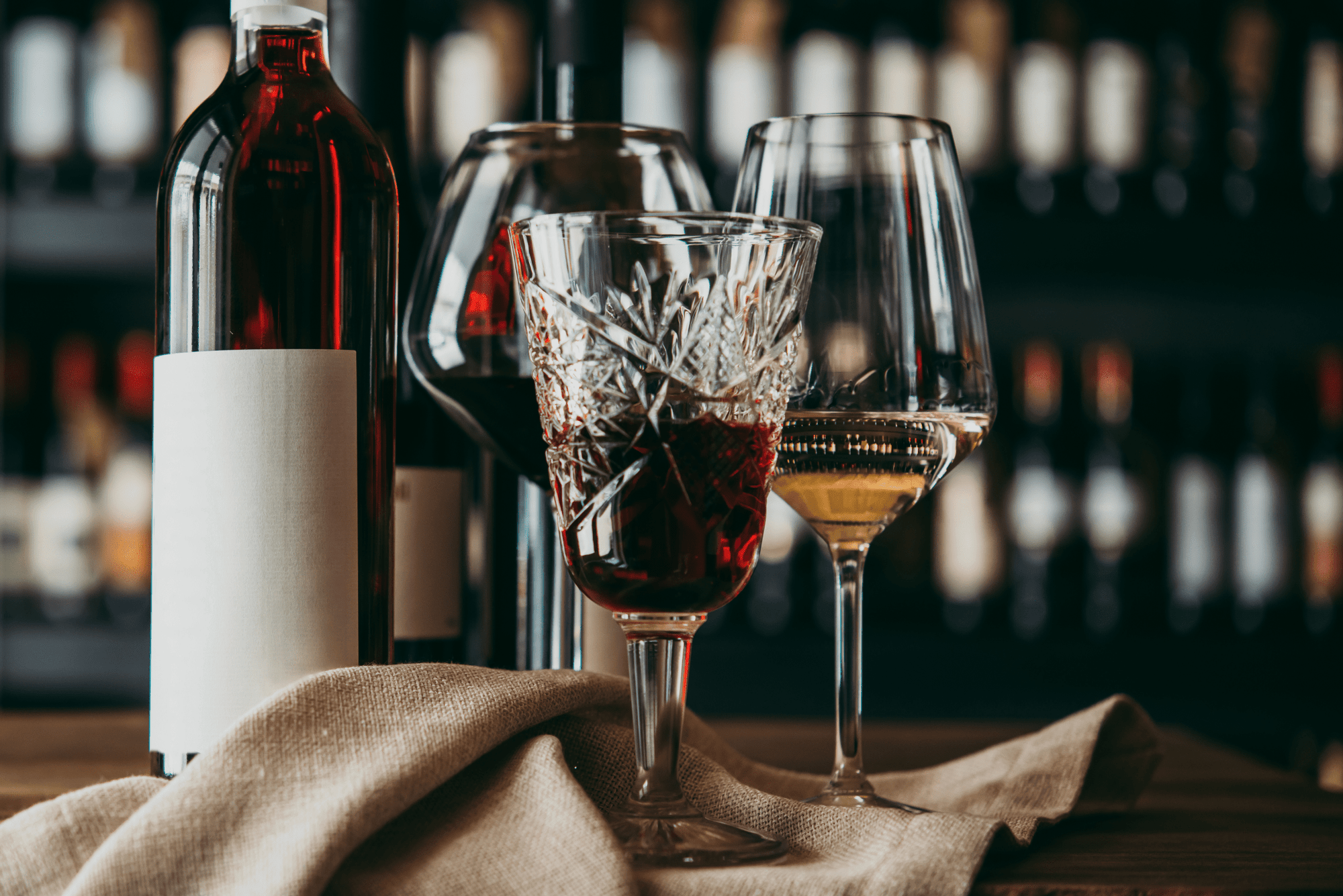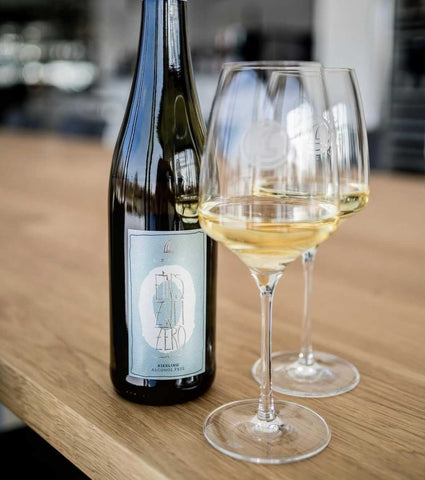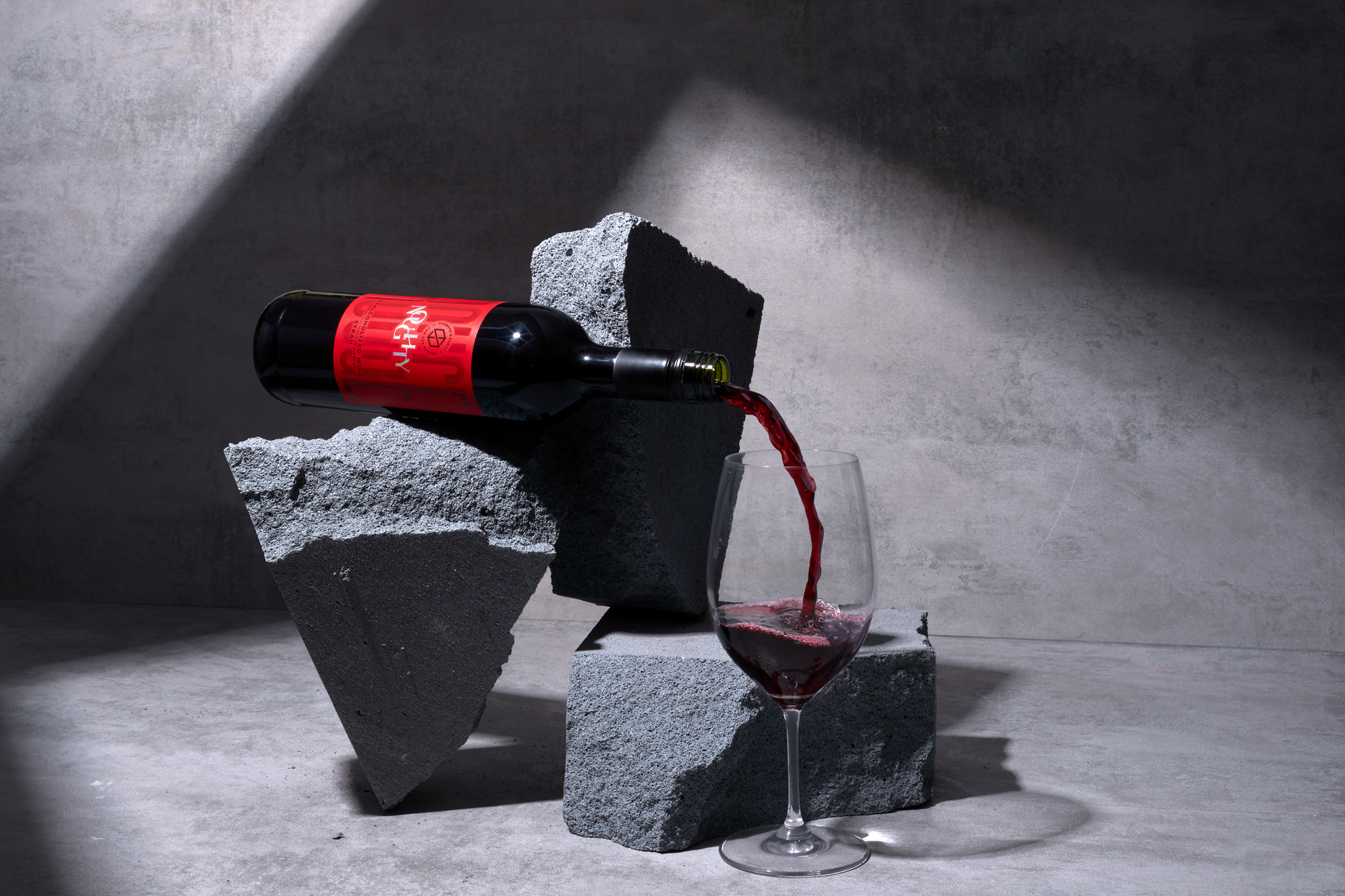If you want alcohol-free wine that truly tastes like wine, you should never settle for grape juice that’s merely been fermented. You want wine that’s been properly dealcoholized. How does it work? If you’re curious, keep reading!
The Best Ways to Remove Alcohol from Wine
To get authentic dealcoholized wine, you need to start with real wine. The grapes are grown, harvested, and fermented in exactly the same way they would be for an alcoholic wine. The difference is the additional steps that come into play after the fermentation process but before the beverage is bottled. The two primary methods that companies use to remove alcohol from their wines are vacuum distillation and reverse osmosis.
Vacuum Distillation
With vacuum distillation, as you’d probably guess, the wine needs to be put in a strong vacuum. While in the vacuum, the wine is heated to gently boil off the alcohol, typically at a temperature that’s between 70 and 95 degrees Fahrenheit but never higher. The vacuum is crucial because as the suction increases, the boiling temperature for the wine drops. This means that the wine doesn’t need to be brought to such a high temperature.
If the wine were cooked, some of the flavors and aromas would leave with the alcohol. But because the temperature stays fairly low, winemakers can preserve the maximum amount of flavor and aroma in their dealcoholized wine. Winemakers then blend the alcohol-free beverage with just a bit of grape juice to strike the perfect flavor balance.
Reverse Osmosis
The other method for removing alcohol from wine is reverse osmosis, also called filtration.
During the process, winemakers use high pressure to force wine through a membrane. This creates two solutions. One is a very concentrated wine, and the other is a combination of water and alcohol. Rather than discarding the water/alcohol solution, winemakers heat it to remove the alcohol. This water gets reincorporated into the wine concentrate. To finish it off, they add even more water so the final alcohol-free wine has the appropriate volume.
The Differences Between Vacuum Distillation and Reverse Osmosis
Although both these processes have essentially the same result, there are some key differences. For example, the reverse osmosis process for dealcoholizing isn’t very eco-friendly because it uses so much water. And, while the ethanol can be reused with the vacuum distillation process, in the reverse osmosis it is too diluted and therefore discarded. Reverse osmosis also tends to be a more expensive process.
Get Your Dealcoholized Wine from Boisson
When you’re purchasing an alcohol-free wine, be careful about labels. Anything that has the words “alcohol-removed” or “dealcoholized” started out as real wine and, thus, will be an alcohol-free wine that tastes like wine but won’t get you buzzed. These terms can only be used if there is 0.5% alcohol by volume or less. If these words aren’t anywhere on the bottle, you may just be paying for juice.
When you shop Boisson, you never have to question whether you’re getting alcohol-free wine or merely grape juice. All our alcohol-free wines are authentic. They are truly a labor of love. If you want to taste some of the best non-alcoholic wines on the market, place an order today!




